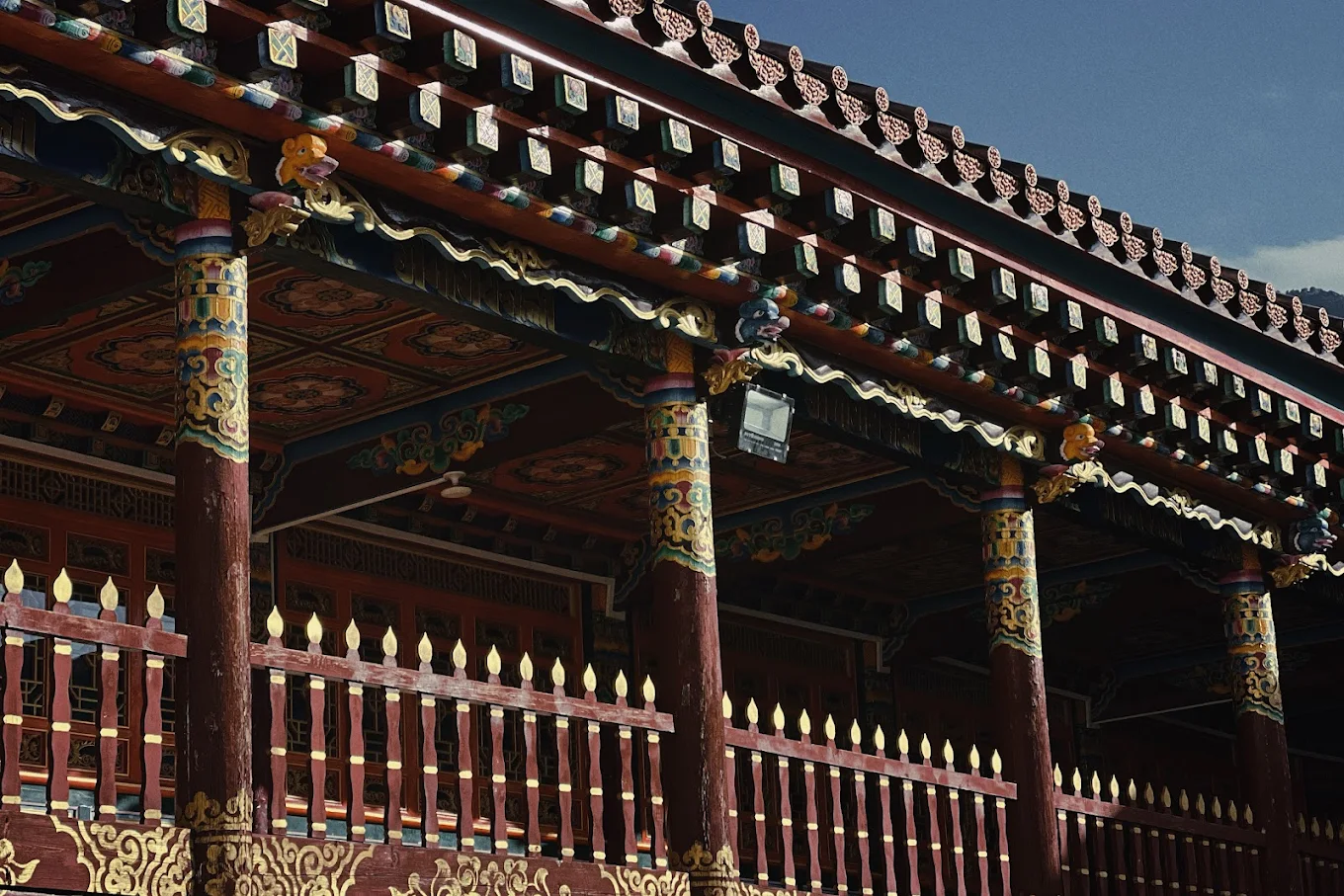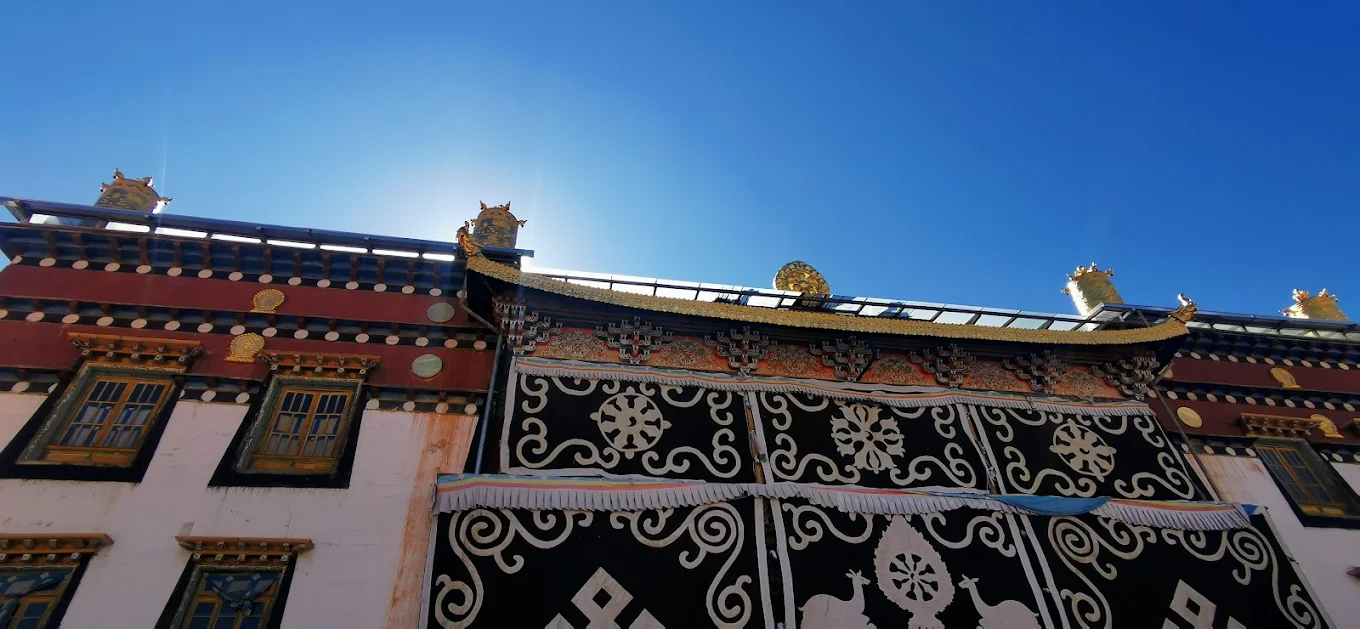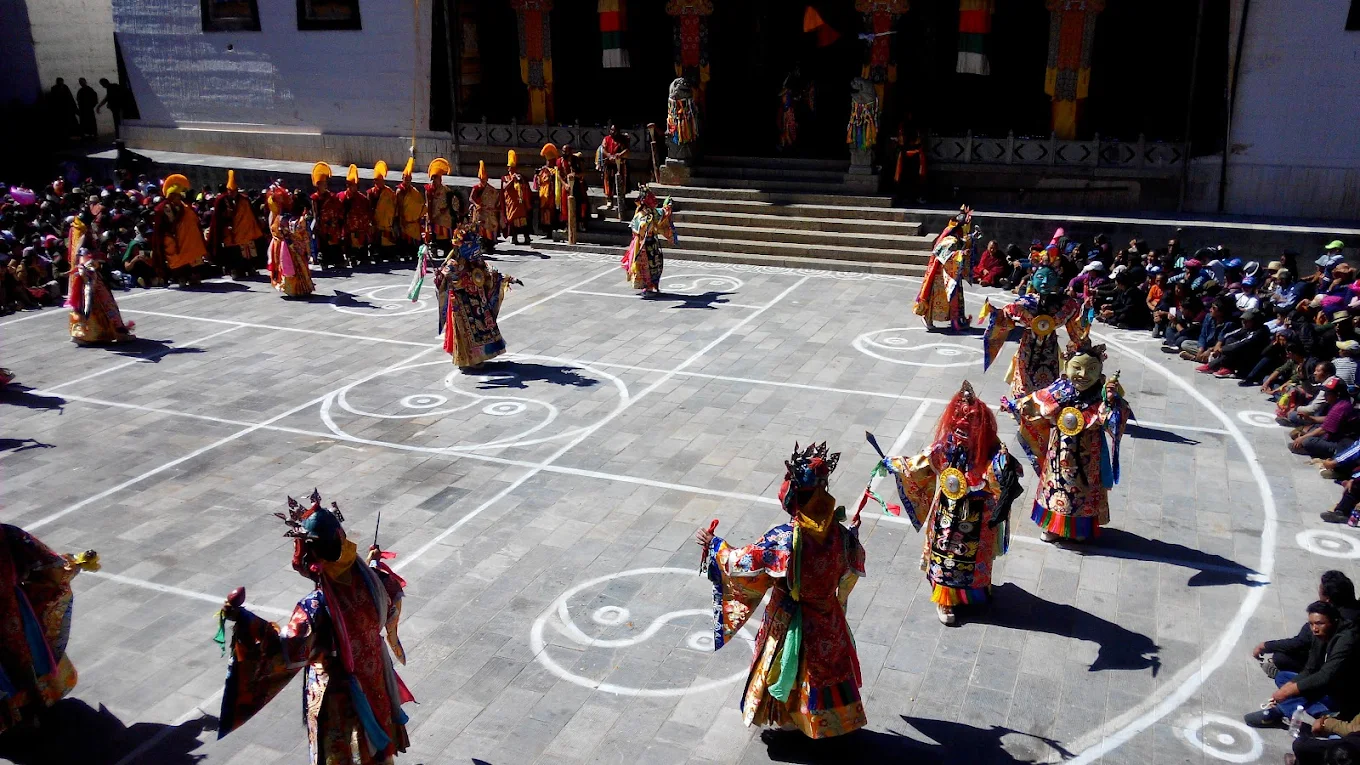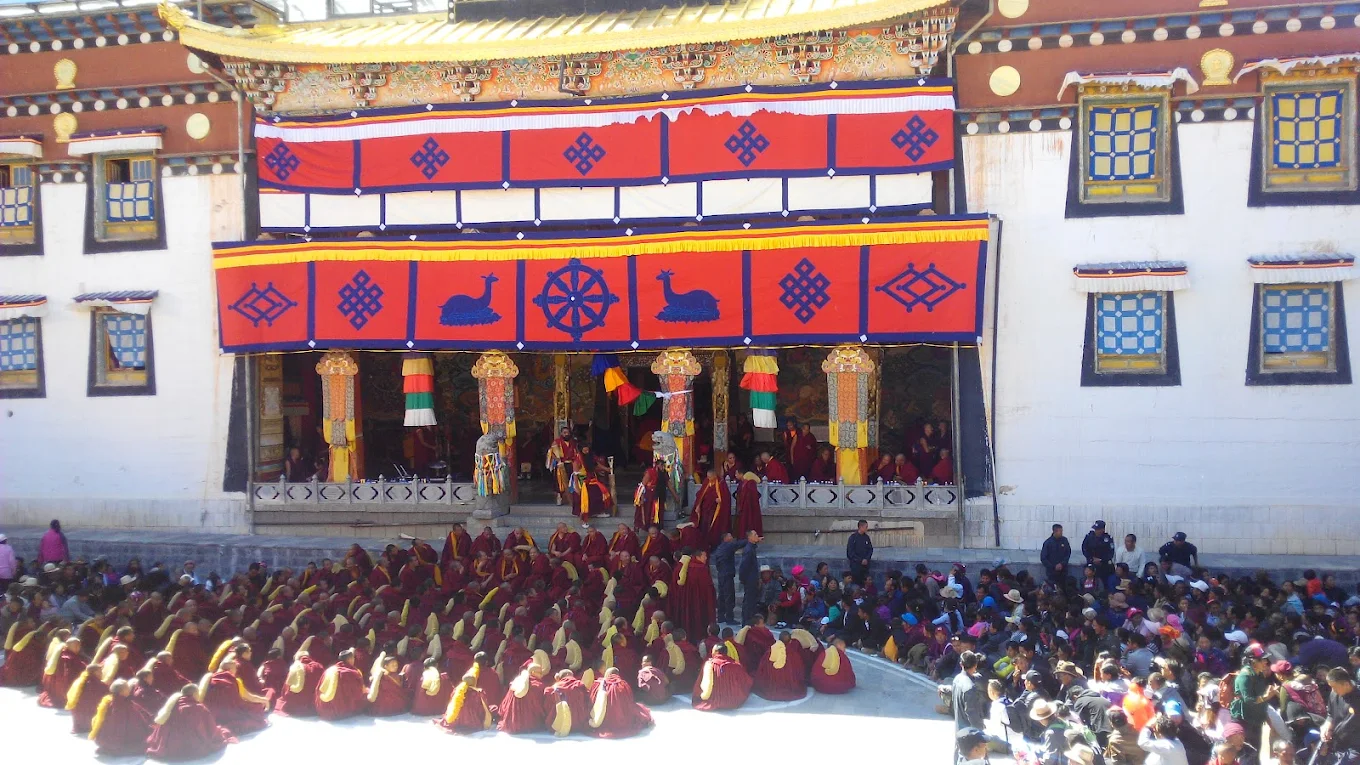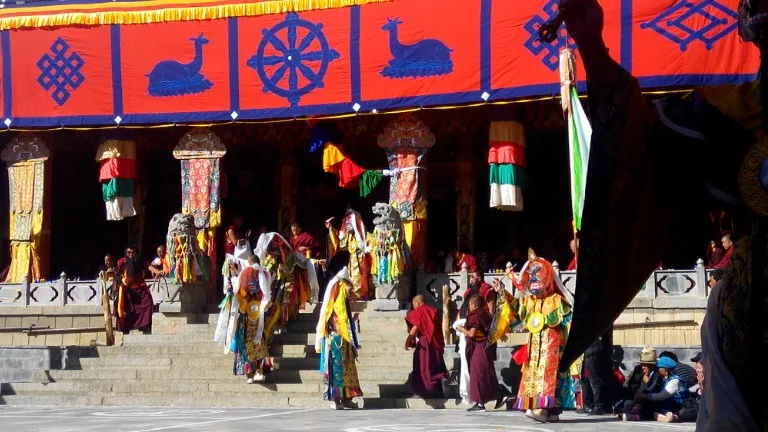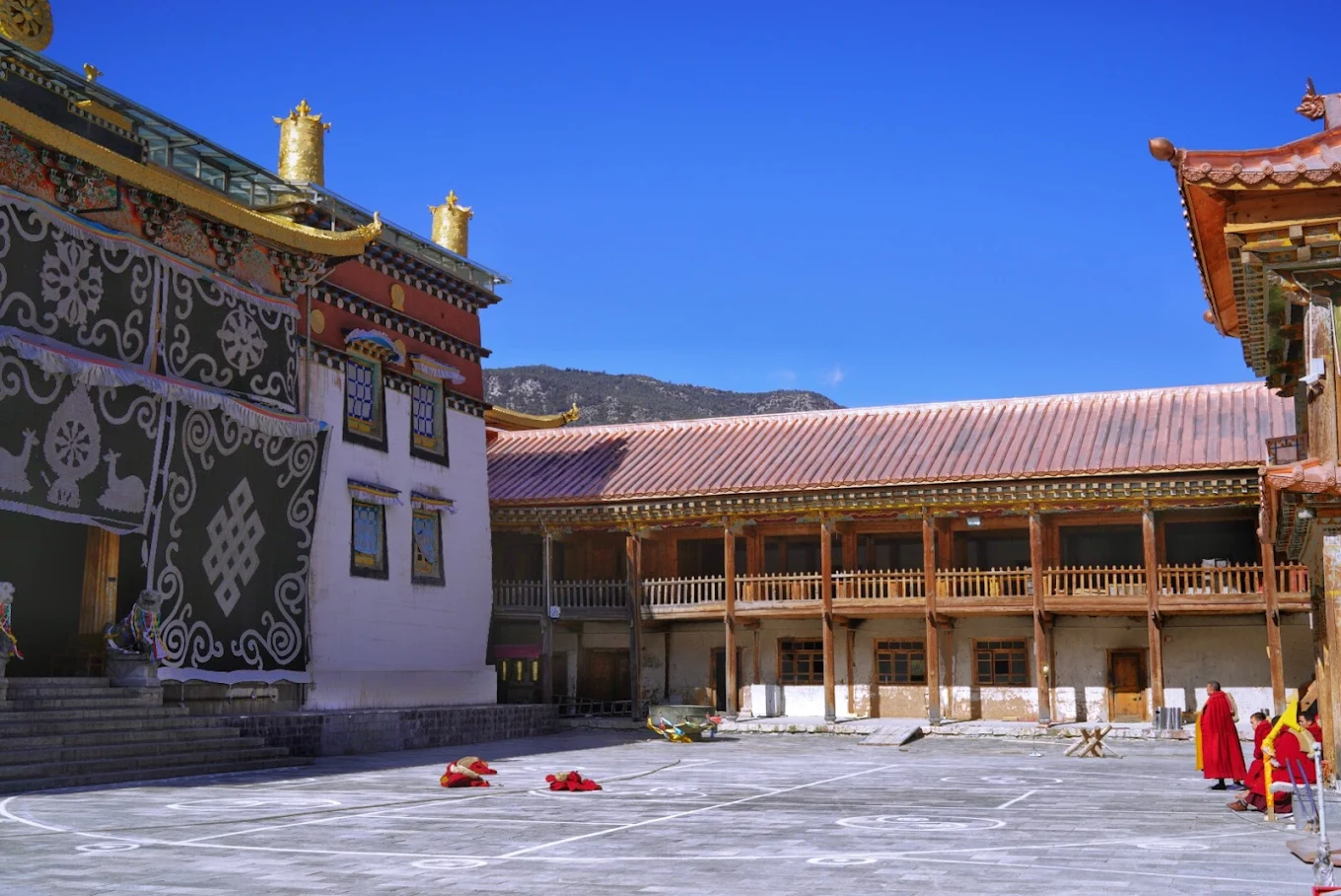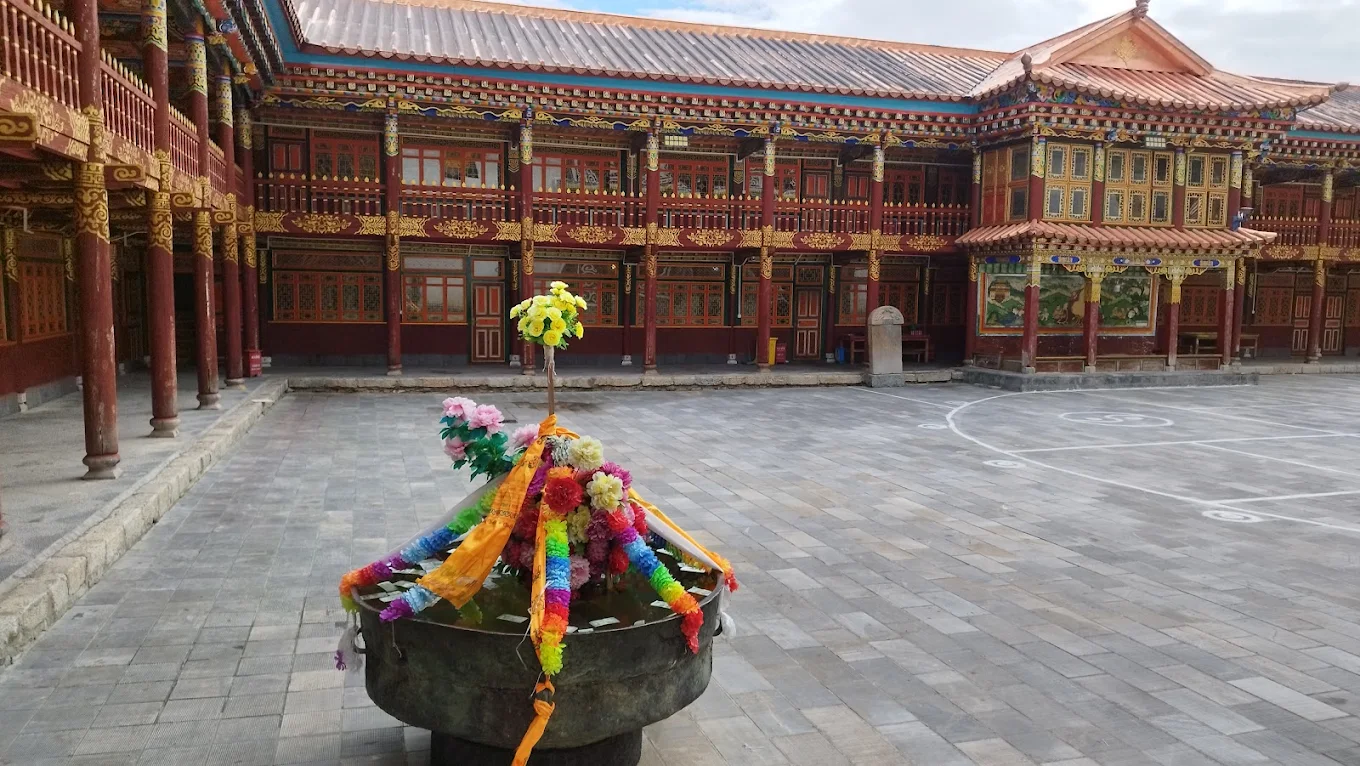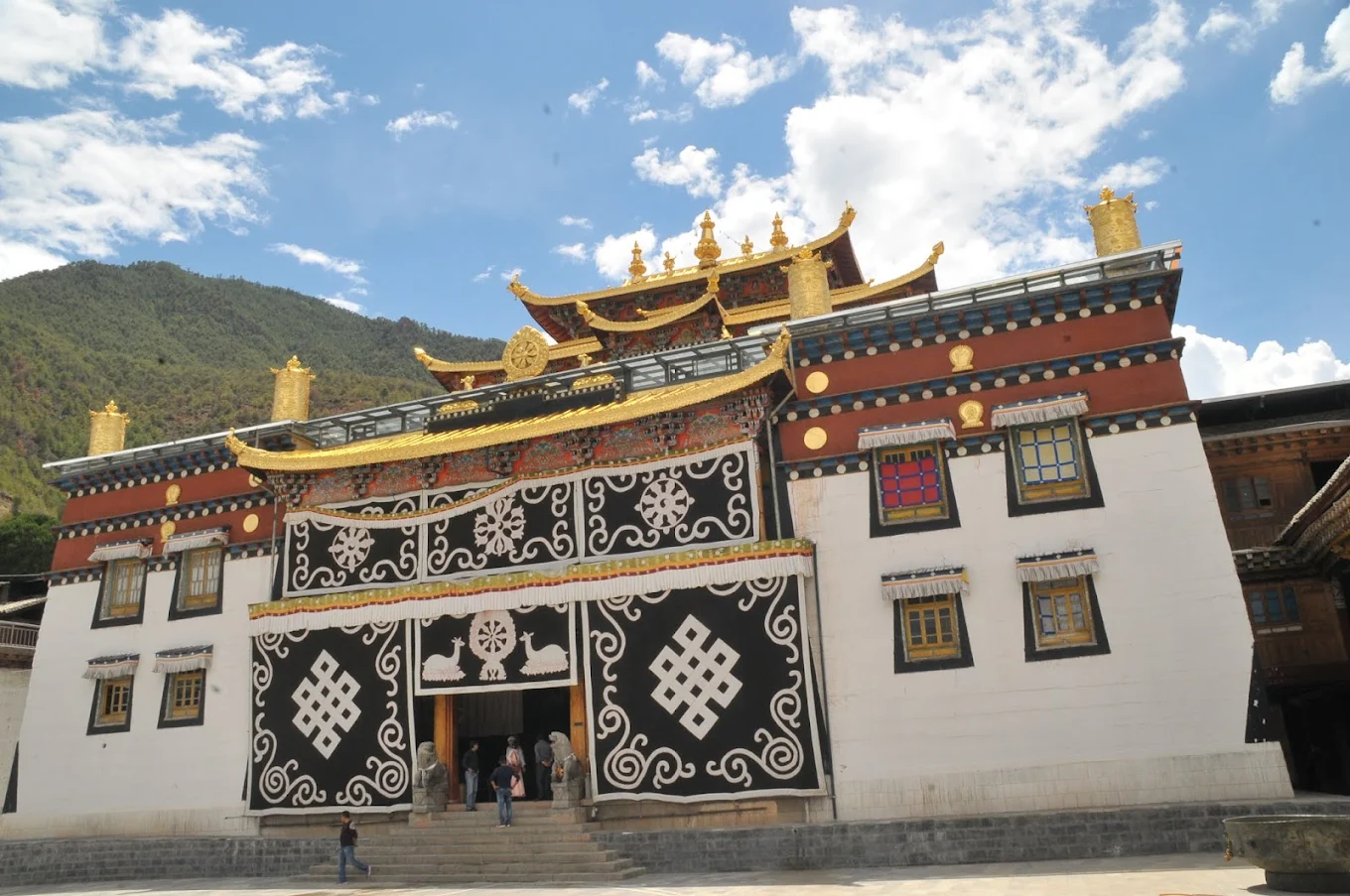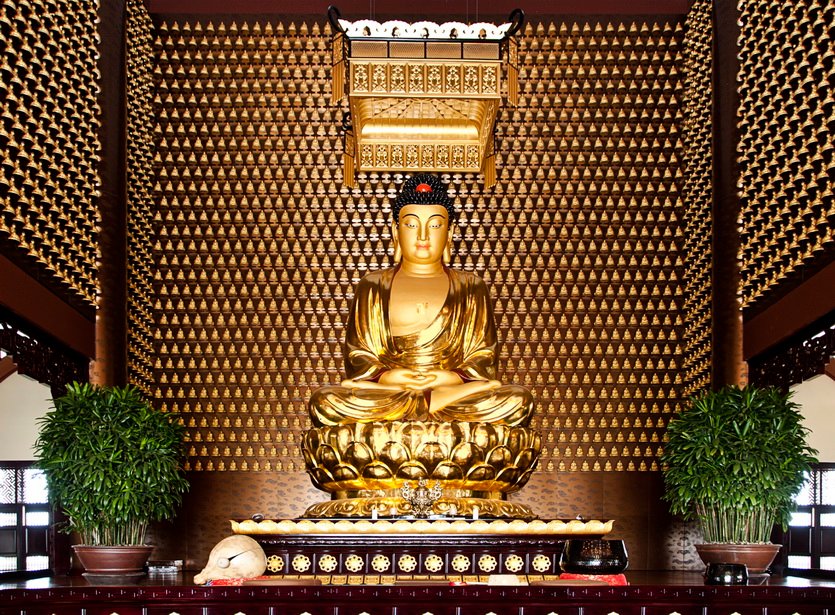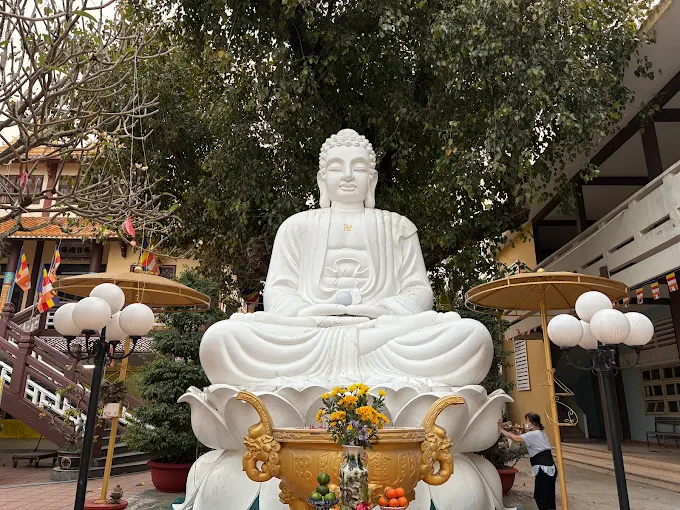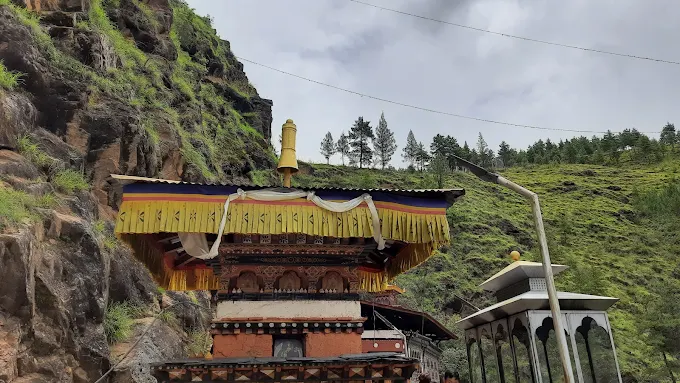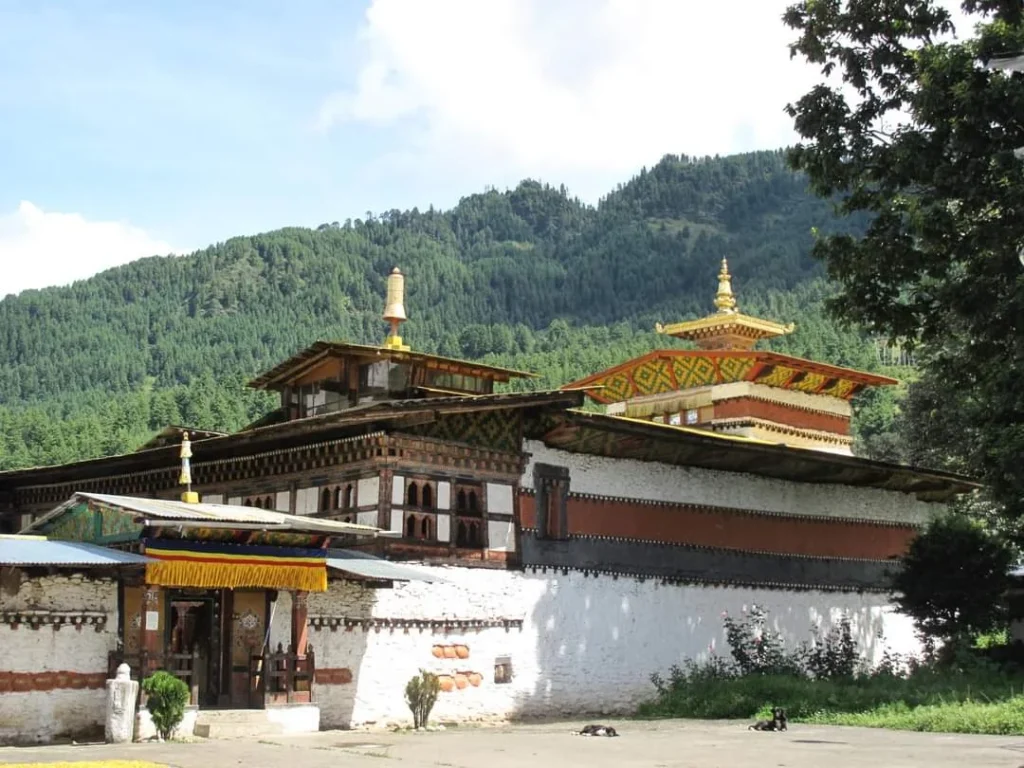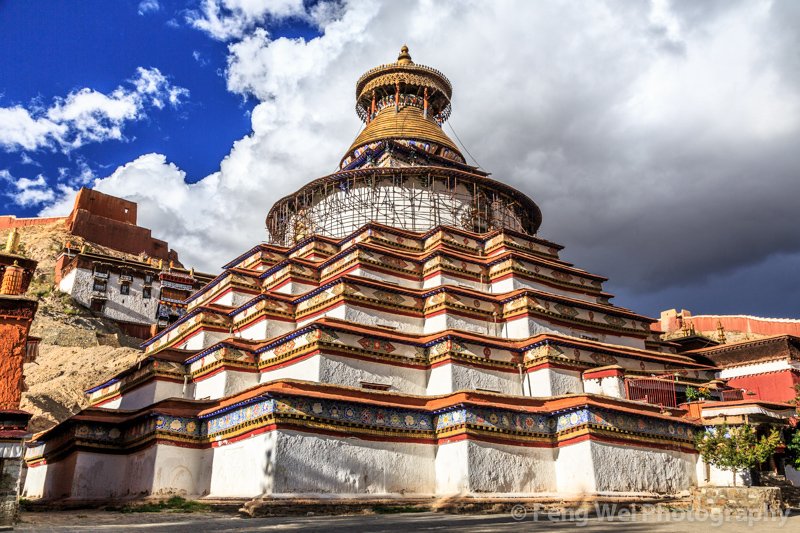Dongzhulin Monastery: The Gelugpa Beacon of Benzilan’s Jinsha Valley
Dongzhulin Monastery, perched majestically above the Jinsha River Gorge in Benzilan Town, Deqin County, 105 km from Shangri-la, Yunnan, China, stands as a radiant Gelugpa sanctuary, its towering halls echoing centuries of Tibetan Buddhist devotion. Founded in 1667, this storied gompa, once a Kagyu stronghold, was transformed into a Gelugpa center under the Fifth Dalai Lama’s patronage, renowned for treasures rivaling Lhasa’s Potala Palace. At 3,000 meters, its golden-roofed Assembly Hall, supported by 82 carved pillars, glows against the rugged Hengduan Mountains, captivating pilgrims and travelers with its spiritual grandeur. This immersive listing unveils Dongzhulin’s essence, guiding you through its rich history, architectural splendor, sacred rituals, and practical visitor insights, offering a journey into a hidden jewel of Yunnan’s Tibetan heritage.
The Spiritual Heart of Dongzhulin
Essence of Dongzhulin Monastery
Dongzhulin Monastery pulses with the profound wisdom of the Gelugpa sect, embodying Tibetan Buddhism’s pursuit of enlightenment in Yunnan’s remote Jinsha Valley. Established in 1667, it ranks among the three major Gelugpa monasteries in Deqin County, revered for its cultural and religious significance. Its defining treasure—a 6.8-meter gilded Maitreya Buddha statue—radiates hope for future salvation, drawing devotees to its sacred halls. Overlooking the Jinsha River, Dongzhulin’s serene majesty invites contemplation of Tibet’s enduring faith.
- Spiritual Core: Major Gelugpa monastery in Deqin County.
- Iconic Feature: 6.8-meter gilded Maitreya Buddha statue.
- Cultural Role: Center of Tibetan Buddhist heritage in Yunnan.
Historical Evolution
Dongzhulin’s story began in 1574 as a Kagyu monastery named Chongchongcuogan (“Monastery by the Crane Lake”). In 1667, under the Fifth Dalai Lama’s rule, Khoshut Mongols converted it to Gelugpa, renaming it Ganden Döndrubling, merging seven smaller temples. By the late Qing Dynasty, it housed 700 monks and 10 Living Buddhas, rivaling Potala Palace in splendor. The Cultural Revolution (1966–1976) destroyed its structures, but restoration in 1985, funded by local devotees and state grants, revived its halls. Today, 300 monks and four Living Buddhas uphold its legacy.
- Founding: 1574 (Kagyu), converted to Gelugpa in 1667.
- Cultural Revolution: Destroyed, restored in 1985.
- Current Status: 300 monks, four Living Buddhas.
Cultural Impact
Dongzhulin’s conversion to Gelugpa shaped Deqin’s religious landscape, fostering Tibetan Buddhist unity among local communities. Its treasures, including an 8.5-meter Thangka and gilded statues, are studied via HimalayanArt.org, reflecting 17th-century artistry. The annual Gedong Mask Festival, featuring Cham dances, draws thousands, blending devotion with cultural vibrancy. Globally, Dongzhulin’s authenticity attracts niche tourists and scholars, resonating as a beacon of Tibetan resilience.
- Gelugpa Influence: Shapes Deqin’s Buddhist practices.
- Artistic Legacy: Thangkas, statues studied globally.
- Global Appeal: Niche draw for tourists, scholars.
Signature Legacy
The 6.8-meter gilded Maitreya Buddha statue, enshrined in the Assembly Hall, is Dongzhulin’s crowning jewel, symbolizing future enlightenment since its 1980s recasting. The 8.5-meter-long Thangka, unfurled annually during the Gedong Festival, depicts a Guardian God in vibrant silk, a masterpiece of Tibetan artistry. A legend recounts how Guru Rinpoche blessed the Jinsha River site, guiding the monastery’s Gelugpa conversion, affirming its sanctity. These treasures define Dongzhulin’s spiritual and cultural allure.
- Maitreya Statue: 6.8-meter gilded icon.
- Guardian Thangka: 8.5-meter silk masterpiece.
- Guru Rinpoche Legend: Blessed conversion site.
Community and Global Reach
Benzilan locals revere Dongzhulin, offering butter lamps and prayers during festivals, viewing it as a protective sanctuary. Its 300 monks and four Living Buddhas maintain rituals, study texts, and guide pilgrims, fostering spiritual continuity. The Tibetan diaspora connects through Gelugpa networks, while international tourists explore its halls. Social media posts on X highlight its Jinsha River views, linking Dongzhulin to global Buddhist communities.
- Local Devotion: Butter lamp offerings by Benzilan residents.
- Monastic Community: 300 monks, four Living Buddhas.
- Global Appeal: Attracts diaspora, niche tourists.
Architectural Splendor of Dongzhulin
Distinctive Design
Dongzhulin’s architecture, spanning 5,000 square meters at 3,000 meters, merges Tibetan and Han Chinese styles, its whitewashed walls and golden roofs towering over the Jinsha River Gorge. The four-story Assembly Hall, supported by 82 carved wooden pillars, dominates the complex, resembling a fortified town from afar. Surrounded by prayer halls, monk quarters, and chortens, its mandala-like layout reflects Gelugpa cosmology, creating a majestic aesthetic unique to Dongzhulin’s riverside perch.
- Style: Tibetan-Han architectural fusion.
- Layout: Four-story Assembly Hall, prayer halls, chortens.
- Setting: White walls above Jinsha River Gorge.
Signature Structures
The Assembly Hall, a four-story earth-and-wood structure, enshrines the 6.8-meter Maitreya Buddha and 10.5-meter Sakyamuni statue, gifts from Lhasa’s Sera Monastery, alongside Tsongkhapa and his disciples. Smaller chapels house White Drolma, Manjusri, and 18 Arhats statues, adorned with vibrant Thangkas. The third-floor chanting hall, with an 8.5-meter Guardian Thangka, hosts grand ceremonies, while the kora path encircles a chorten commemorating the Fifth Dalai Lama’s conversion. These structures embody Dongzhulin’s spiritual grandeur.
- Assembly Hall: Maitreya, Sakyamuni statues, 82 pillars.
- Chapels: White Drolma, Manjusri, Arhats relics.
- Chanting Hall: 8.5-meter Guardian Thangka.
Artisanal Mastery
Dongzhulin’s Thangkas, crafted with mineral pigments, depict Gelugpa deities like Tsongkhapa and Vajrakilaya, their vibrancy restored in the 1980s. The Maitreya and Sakyamuni statues, gilded in bronze, showcase Tibetan sculptural finesse, while the 8.5-meter silk Thangka, a festival centerpiece, reflects intricate weaving. Carved wooden pillars, featuring lotus motifs, adorn the Assembly Hall, and bronze butter lamps illuminate chapels. These works, preserved through restoration, highlight Dongzhulin’s artistic legacy.
- Thangkas: Gelugpa deities, mineral pigments.
- Maitreya Statue: 6.8-meter gilded bronze.
- Wood Carvings: Lotus-motif pillars.
Hidden Architectural Gems
Dongzhulin conceals subtle treasures within its grounds. The kora path’s riverside overlook offers stunning views of the Jinsha River Gorge, framed by prayer flags. A faded mural in a chapel narrates the Fifth Dalai Lama’s conversion, a historical glimpse. The courtyard’s mani stone pile, etched with mantras, invites reflection, while a third-floor niche holds a relic of Tsongkhapa, believed to bless pilgrims. These details enrich Dongzhulin’s sacred ambiance.
- Kora Overlook: Jinsha River Gorge views.
- Conversion Mural: Fifth Dalai Lama artwork.
- Tsongkhapa Relic Niche: Blessed third-floor shrine.
Preservation and Evolution
Preserving Dongzhulin’s structures is challenging in Deqin’s monsoon climate. Restoration in 1985, funded by local devotees and state grants, rebuilt the Assembly Hall using traditional materials. The golden roofs’ regilding post-restoration blended modern durability with 17th-century aesthetics. Ongoing efforts, supported by pilgrimage donations, protect thangkas and statues from humidity, ensuring Dongzhulin’s legacy endures.
- Restoration: Assembly Hall rebuilt in 1985.
- Roof Regilding: Post-restoration upgrade.
- Funding: Local devotees, pilgrimage donations.
Sacred Rites and Gelugpa Devotion
Sacred Daily Rites
Each dawn, Dongzhulin stirs with resonant chants, as monks gather in the Assembly Hall, their voices harmonizing with butter lamp smoke. Pilgrims offer khatas (silk scarves) at the Maitreya statue, their prayers mingling with juniper incense. The hum of prayer wheels along the kora path creates a meditative rhythm, enveloping visitors in Dongzhulin’s spiritual calm.
- Chanting: Morning sutras in Assembly Hall.
- Offerings: Khatas at Maitreya statue.
- Ambiance: Incense, prayer wheel hum.
Unique Spiritual Practices
Dongzhulin’s monks perform Gelugpa rituals, including Tsongkhapa-focused recitations and Maitreya prayers, reflecting the sect’s emphasis on wisdom and future salvation. Pilgrims walk the kora, spinning 108 prayer wheels to accrue merit, a practice tied to the monastery’s riverside mandala. The White Drolma chapel hosts compassion-focused blessings, unique to Dongzhulin’s Gelugpa tradition, believed to purify karma. These rituals, rooted in the Fifth Dalai Lama’s legacy, deepen the monastery’s spiritual allure.
- Tsongkhapa Rites: Gelugpa wisdom recitations.
- Kora: 108 prayer wheel circumambulation.
- White Drolma Blessings: Compassion-focused rites.
Vibrant Festival Traditions
Dongzhulin’s festivals transform the monastery into a vibrant devotional hub. The Gedong Mask Festival, held on the 29th day of the 11th lunar month (December), features Cham dances depicting deities and hell’s faces, appeasing gods and drawing thousands. Saka Dawa, marking Buddha’s enlightenment, includes kora walks, lamp offerings, and communal feasts of tsampa and butter tea. The Monlam Festival, with the 8.5-meter Thangka’s unfurling, unites pilgrims in prayer, reinforcing Dongzhulin’s cultural role.
- Gedong Mask Festival: Cham dances, December.
- Saka Dawa: Kora, lamp offerings, feasts.
- Monlam Festival: 8.5-meter Thangka unfurling.
Visitor Engagement
Visitors can offer khatas or light butter lamps at the Maitreya statue, guided by monks, immersing in Dongzhulin’s spiritual life. Photography is permitted for a 30 RMB entry fee, capturing Thangkas and river views, but flash is prohibited, and close-up statue shots require permission. Joining the kora lets travelers walk with pilgrims, feeling Dongzhulin’s sacred rhythm. Monks may share tales of the Fifth Dalai Lama’s conversion, enriching the visit with historical lore.
- Offerings: Khatas, lamps with monk guidance.
- Photography: 30 RMB fee, no flash, permission for statues.
- Kora Participation: Walk with pilgrims.
Monastic and Community Roles
Dongzhulin’s 300 monks and four Living Buddhas maintain daily rites, study Gelugpa texts, and guide pilgrims, upholding its spiritual legacy. They offer blessings for local harvests, weddings, and life events, strengthening Benzilan ties. The monastery trains young monks in Thangka painting and Cham dance, preserving Gelugpa artistry. This bond ensures Dongzhulin remains a living cultural center, fostering devotion across Deqin.
- Monastic Duties: Rites, study, pilgrim guidance.
- Community Ties: Blessings for local events.
- Art Preservation: Thangka, Cham dance training.
Visiting Dongzhulin Monastery
Navigating to Dongzhulin Monastery
Dongzhulin lies in Shusong Village, Benzilan Town, Deqin County, 105 km northwest of Shangri-la’s Dukezong Ancient Town, Diqing Tibetan Autonomous Prefecture, Yunnan. From Lhasa, a 1,200-km flight or 24-hour drive reaches Shangri-la’s Diqing Airport or city center. From Shangri-la, a 2–3-hour drive or taxi reaches the monastery, marked by its golden roofs. The nearby Jinsha River Great Bend, 15 km away, serves as a guiding landmark.
- From Lhasa: 1,200 km, 1-hour flight or 24-hour drive to Shangri-la.
- From Shangri-la: 2–3-hour drive to Benzilan, 23-km minibus to monastery.
- Local Access: Minibus or taxi from Benzilan, near Jinsha River.
Address of Dongzhulin Monastery
- Location: Shusong Village, Benzilan Town, Deqin County, Diqing Tibetan Autonomous Prefecture, Yunnan, China.
- Coordinates: 28.2000° N, 99.3000° E (approximate).
- Context: 105 km northwest of Shangri-la, near Jinsha River Gorge.
Visiting Hours and Etiquette
Dongzhulin is open daily from 9:00 AM to 5:00 PM, with morning visits recommended for quieter exploration and monk interactions. Dress modestly, covering shoulders and knees, and remove hats in halls to show respect. Photography is included in the 30 RMB entry fee; bring a flashlight for dim interiors, avoid flash, and seek permission for close-up statue shots. Respect pilgrims by maintaining silence, walking clockwise, and not touching relics or murals.
- Hours: 9:00 AM–5:00 PM, best in morning.
- Dress Code: Modest clothing, no hats in halls.
- Etiquette: 30 RMB photo fee, no flash, permission for statues.
Accessibility and Safety
Dongzhulin’s grounds are accessible via a flat path from the main road, but the four-story Assembly Hall involves steep stairs, challenging for those with mobility issues; sturdy shoes are essential. Wheelchair access is limited due to stairs; arrange assistance via tour operators in Shangri-la. The 3,000-meter altitude requires acclimatization; hydrate and rest to avoid sickness. The site is safe, but watch for festival crowds and stray animals, and carry cash for fees, as ATMs are scarce in Benzilan.
- Accessibility: Flat path, steep hall stairs, no wheelchair access.
- Mobility Aids: Limited, arrange assistance.
- Safety: Acclimatize, watch for crowds, carry cash.
Amenities and Surroundings
Dongzhulin offers basic restrooms but no shops or dining; bring water, snacks, and essentials. Benzilan’s markets, 23 km away, serve momos (dumplings), butter tea, and yak-meat noodles, immersing visitors in Tibetan flavors. The monastery’s courtyard and kora path provide serene reflection spots with Jinsha River views. The nearby Jinsha River Great Bend and Baima Snow Mountain (30 km) offer scenic exploration, enriching the visit.
- Amenities: Restrooms, no shops, bring essentials.
- Food: Benzilan markets with momos, tea.
- Surroundings: Courtyard, Jinsha River, Baima Snow Mountain.
Immersive Visitor Tips
Arrive at 9:00 AM to hear monks chanting in the Assembly Hall, their voices resonating with butter lamp glow, setting a meditative tone. Photograph the Maitreya statue from the second floor at midday, capturing its golden sheen with a flashlight, respecting the no-flash rule. Walk the kora at dusk, when the Jinsha River glows golden, enhancing Dongzhulin’s majestic ambiance. Savor butter tea in Benzilan’s markets, chatting with locals about Guru Rinpoche’s blessing for cultural insights.
- Morning Visits: Hear chants in Assembly Hall, 9:00 AM.
- Photography: Maitreya shots, no flash, second floor.
- Evening Kora: Jinsha River views at dusk.
